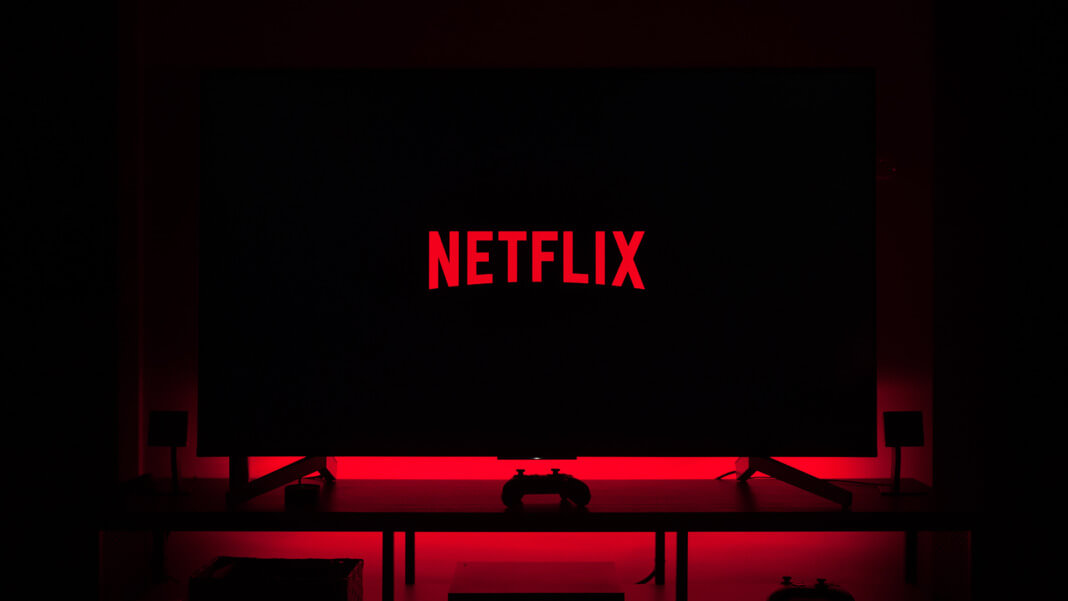We live in very uncertain times, and it is not easy for any of us. Those times are challenging, especially for businesses and leading brands. Many transformations should have been made in short periods once the COVID-19 pandemic started. To move forward, companies should be adaptive and be willing to change. Those changes, of course, are intended to outshine even more the competition during difficult times. We will share some insights on how you can achieve this, so keep reading.
Why should brands change their strategies?
The short answer to this question is — to survive. Because of the COVID-19 pandemic, businesses in different fields have taken numerous serious hits. Things we thought that never will happen actually happened. The times were and still are, very uncertain, and the ability to adapt is a crucial quality every company should have now. If a business is not flexible, it might mean its end during such times.
Consumer behavior changed a lot because of the pandemic. Most of all, people are looking for brands that they can trust and give them a sense of security. When living in uncertain times, we look for safety everywhere, even in our relationships with different brands and businesses. And as we know, adapting your messaging and strategy according to the customers’ needs and wishes is the key to success. Let’s see how the leading brands are changing in order to survive and be better even in difficult times.
What leading brands do in times of uncertainty
Of course, you need to start with adapting your strategy and goals. The way to do it is to listen to your target audience and understand their needs. Your branding is the thing that people will remember you by. So, if your brand doesn’t change with time, especially in uncertain ones, you risk losing some existing customers and not winning a lot of new ones.
Research what your target audience is saying about your brand and your competitors. See if they disapprove of anything and try to understand their reasons. You can worsen the situation if you don’t try to understand your customers but just try to implement different changes randomly. Do research through social media, for example. This is where you will be able to find a lot and different opinions to analyze.
After checking what people think about your brand, you can also determine with certainty which is your target audience. After that, start researching what else those people are looking for and how you can answer their needs. Maybe there are minor adaptations you can do in your offerings to cover even a bigger portion of the market.
Reaching new customers and understanding people’s needs is crucial. However, you need to make sure that you are also doing your best to keep them loyal. This is done by you being loyal to your public. Making some special offers for your current customers or offering discounts won’t hurt your bottom line that much. Quite the opposite — it might help you a lot. Not only because it will potentially increase your sales, but because it will help you with customer loyalty.
As many interactions as possible with your actual customers will be very beneficial for you. This is because you will show that you care for them and appreciate them. Demonstrating loyalty is something that will pay off in the long run because your customers will give you the same. Send them personalized messages, offer them discounts and promotions, inform them of updates, new products, or anything relevant to your business. Leverage social media and email marketing to do so or other channels that might be suitable to reach your audience.
Adapting your brand voice is the next action you can take. By humanizing your brand voice and adapting your messaging, you will show compassion and that your company understands the end-user. Showing empathy and understanding towards the thousands of people in difficult situations or even other businesses will put you in a very good light.
Try to put some real value into your messaging and not only promote your product. Yes, your main goal is increasing your revenue at the end but show the customer why you are the right choice by putting yourself in their shoes. If you know that a significant portion of your target group was affected by the pandemic in a very negative way, and they might have even lost their job, try to share messages that will encourage them. Find other ways to support them by maybe creating a personalized offer for them or making some charity campaign to show that you are there for them.
Create content that is engaging and helpful. Don’t aim at performing a sale with each piece of content you produce. You should create some articles that might be helpful for a broader public, and they will help you with your brand awareness. Like this, you will show your existing clients that you are not all about sales, but someone is ready to help and educate them.
If you are a software company, you can, for example, make a small academy that can help people without a lot of technical knowledge learn the basics of your field. Many people lost their jobs and couldn’t work from home because you need at least some level of technical skills. to do so
Or, if you would like to expand your partners’ network, you can create more “behind the scenes” content. This one will be with the goal to show how your company overcame the difficulties around COVID or any other topic. You can use them to set a good example by helping others by showing them the way, but also it will showcase the capabilities of your company.
And the last thing we will mention is that you need to think about is implementing the right crisis management tools and practices. None of us expected something like this pandemic to happen, and we weren’t prepared. This made many companies think about the crisis management strategies they have in place. And to be honest — many of them had none. So, what leading brands did was think about ways to manage crises in the best possible way. Yes, we can’t be prepared for everything, but some companies imagined the worst-case scenarios once the pandemic started. This made them think of what they should do to overcome potential challenges. And it worked for them.
Wrapping up
We know that big companies and leading brands have some advantages compared to their smaller competitors anyway. But they worked hard to get to this place, and they are surely working even harder to keep it. This is why the measures they took to adapt in order to survive in very uncertain times are an excellent example of what every brand should do.
Stay true to your brand values, but try to adapt your messaging and brand voice, so people will see that you are loyal to them and ready to support them. Offer them something in return for all the years they stuck with you now when they need a bit more support and the feeling of security and safety. On top of that, try to think of ways to be prepared for the next crisis. Following these recommendations, you will undoubtedly outshine your competitors even in times of uncertainty.





